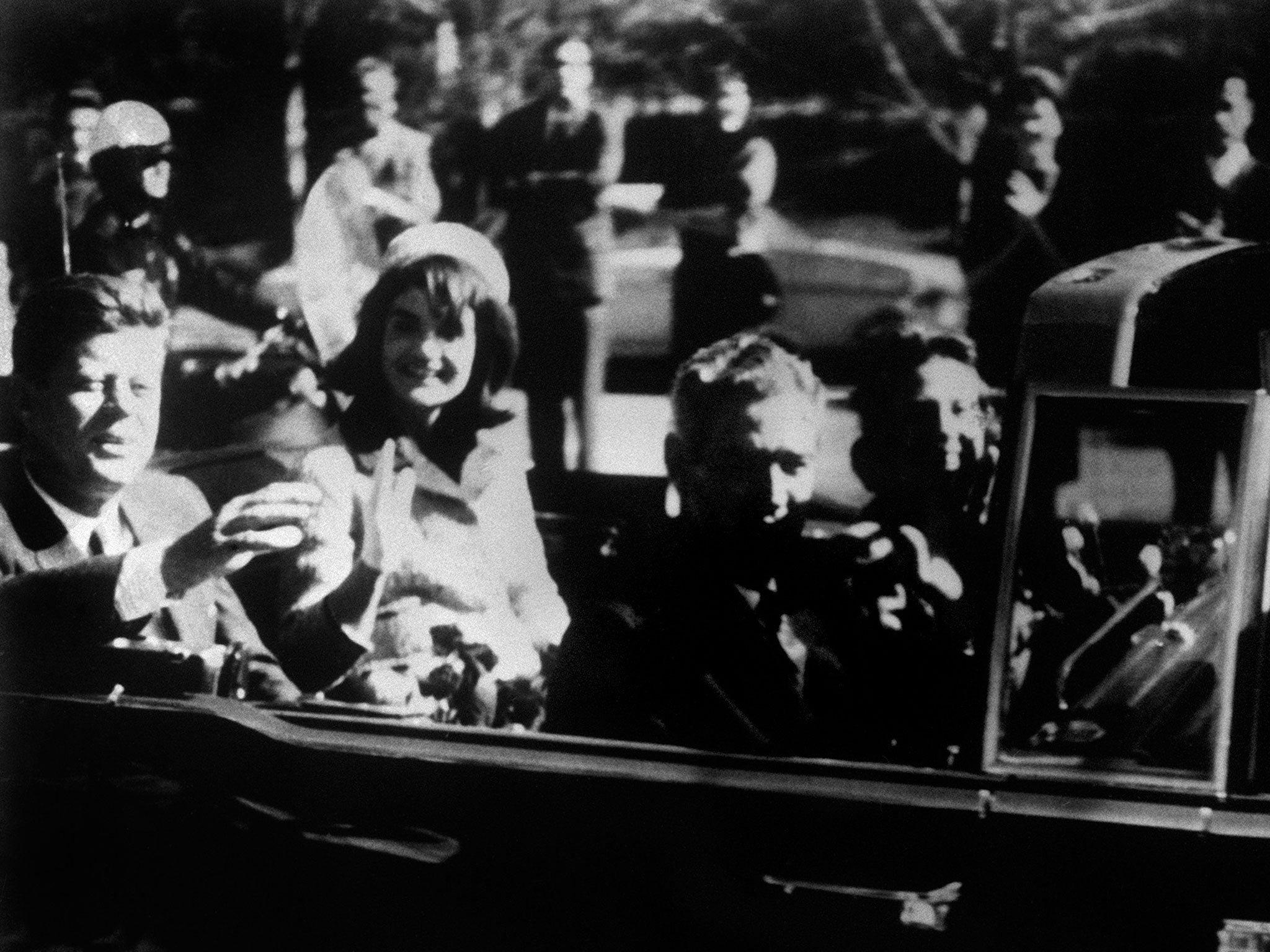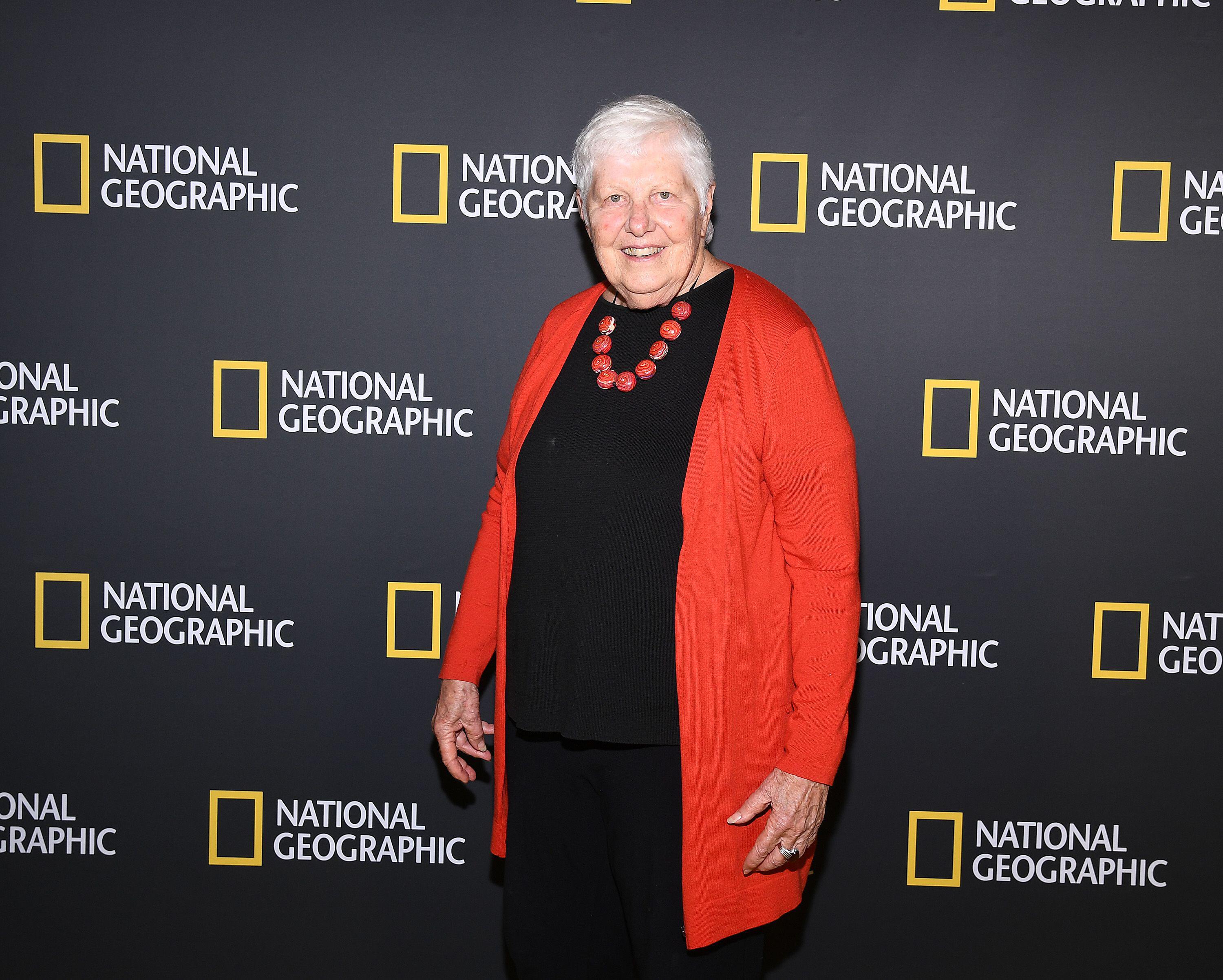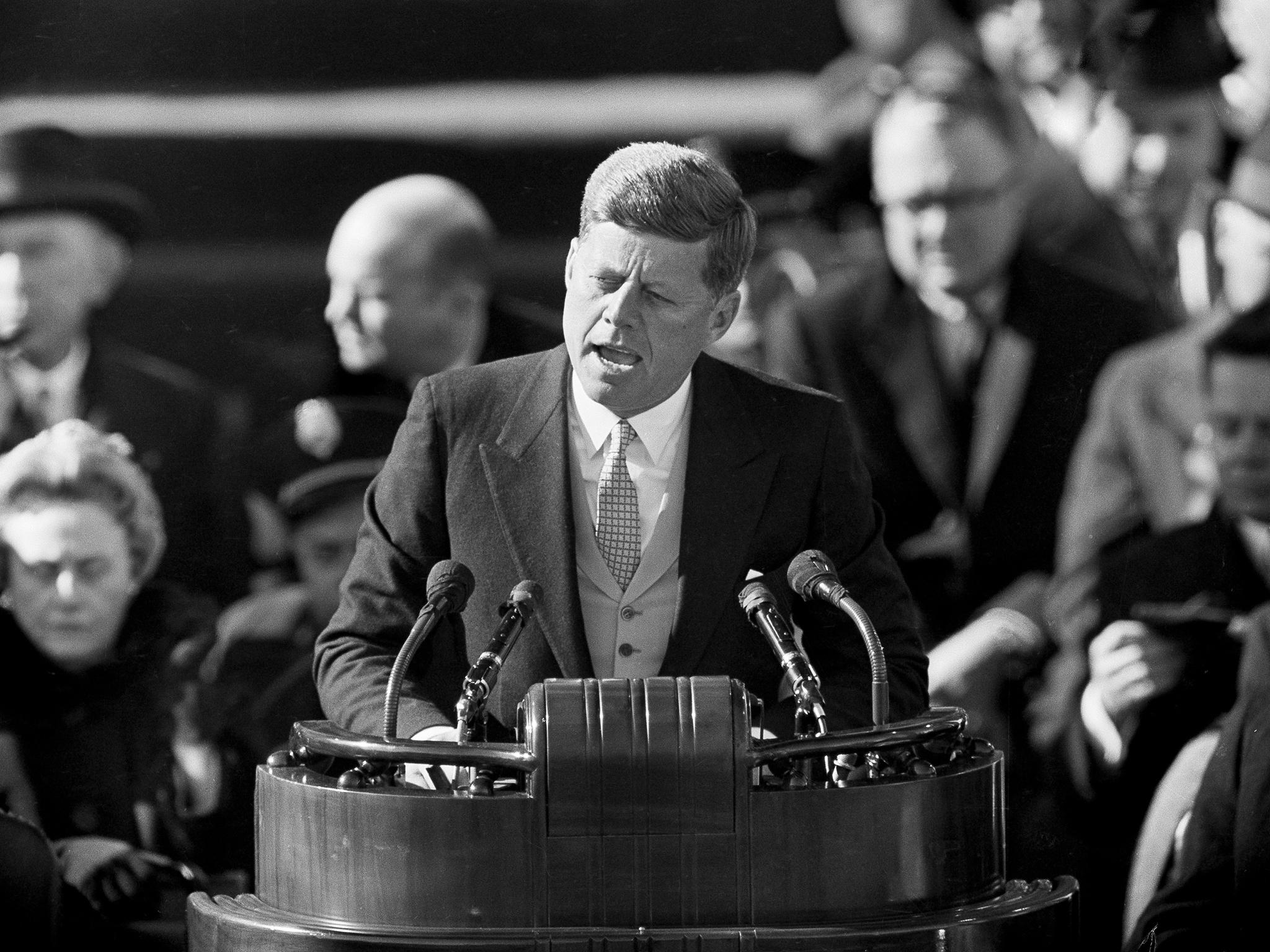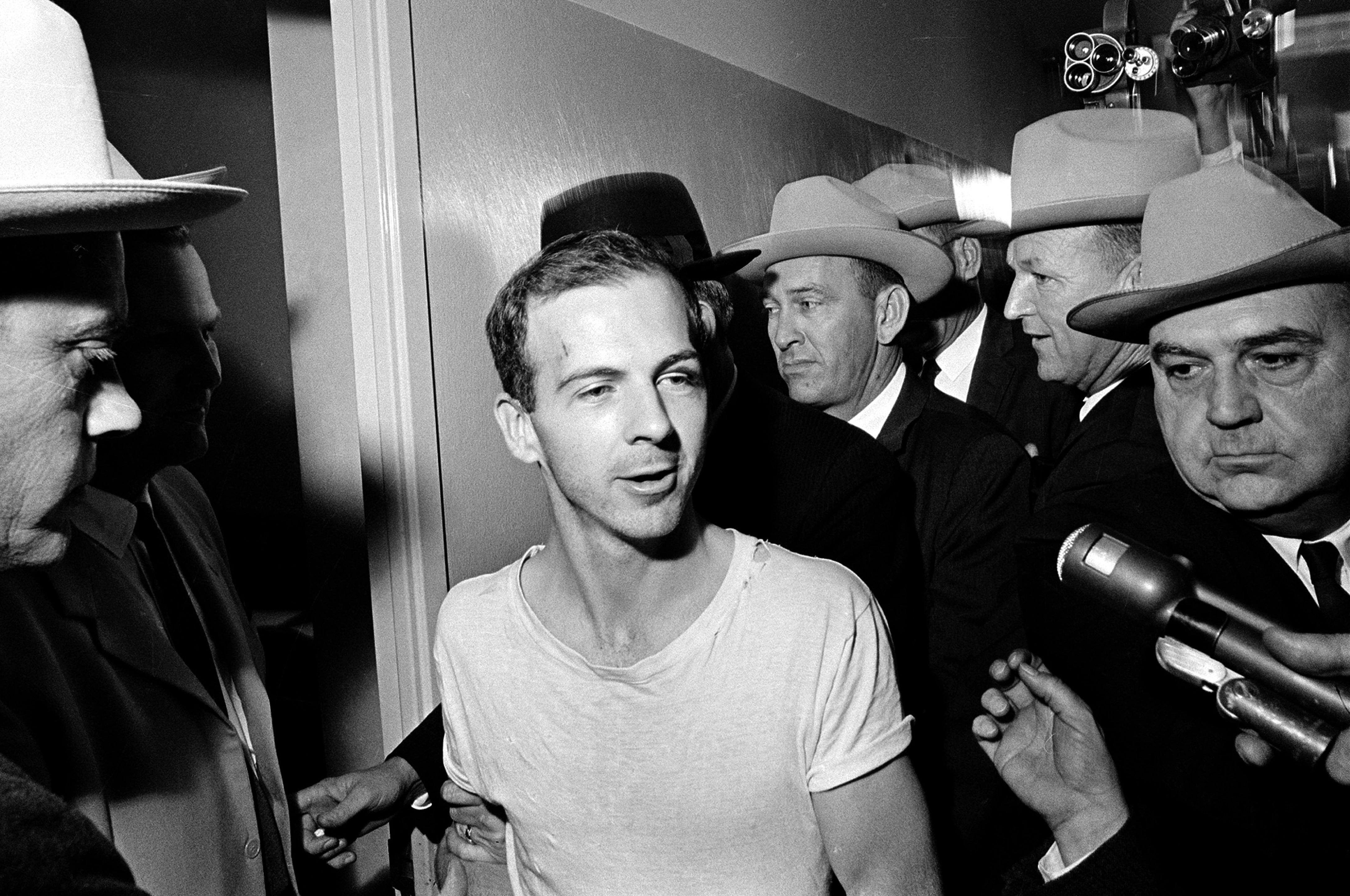I was there when JFK was shot – and I’ve no time for conspiracy theories
Sixty years ago this week, young reporter Peggy Simpson found herself on the spot for one of the biggest news stories of all time. As a new documentary charts the events, she explains to James Rampton why we’re still feeling its impact today


Everyone, it is said, remembers where they were when president John F Kennedy was shot. Reporter Peggy Simpson certainly has no difficulty recalling where she was at that epoch-making time. Sixty years ago, almost to the day, she was in Dallas, an eyewitness to the events that rewrote history.
Talking to The Independent from her home in the US, Simpson, now a sprightly 86, has an extraordinarily vivid recollection of the days that changed America forever.
The reporter, who was the only female journalist working for the Associated Press in Texas at the time, first had an inkling that something had gone disastrously wrong on 22 November 1963 when she bumped into a gaggle of youngsters on the street in downtown Dallas. “I came across a group of three teenagers who had just seen the president’s motorcade. They were saying, ‘Why did the motorcade go by so fast? We could hardly see the president. It was terrible’.”
Little did the teenagers or Simpson know that Kennedy had just been shot crossing Dealey Plaza, and the motorcade was speeding towards Parkland Memorial Hospital in a vain attempt to save his life. As soon as she grasped what had occurred, Simpson sprinted a few blocks to Dealey Plaza and started phoning in quotes from the police officers at the crime scene. This was the story of a lifetime.

Two days after the assassination, Simpson was dispatched to the Dallas Police Headquarters to report on the transportation of Kennedy’s killer Lee Harvey Oswald to the county courthouse, which was more secure. She takes up the story. “Dallas police had the basement level of the city hall, where they had a jail. They also had a bank of phones along one wall.
“So we were all massed down there. There was a British reporter who said to me, ‘Why don’t you come with me? I’ve got a taxi hired to follow the police motorcade as they go from the city hall over to the county courthouse.’ And I thought about that once and twice or three times before deciding, ‘No, I am going to stay right here’. We didn’t know there was going to be anything unusual happening. But I’m certainly glad that I didn’t join that British guy in his taxi.”
Of course, something highly unusual did then happen. As Oswald was being escorted through the basement, nightclub owner Jack Ruby stepped out from the melee and shot Kennedy’s assassin at point-blank range. “There was just no security,” Simpson recollects. “When Ruby shot Oswald, Ruby was three feet away from me, but I never saw him. I didn’t even see the motion as he shot Oswald.”

The moment was caught live on TV and also in a famous photograph by Robert H Jackson of the Dallas Times Herald, who the following year won a Pulitzer Prize for his effort. Simpson continues: “I just knew that Oswald had been badly hurt and that the cops were in astonishment. You could just see the horror on their faces. There was total chaos and total pandemonium. Nobody was quite sure what on earth was happening.
“It was just unbelievable that could happen. The police chief had held a news conference earlier that day. When he was asked, ‘Do you think there will be any trouble?’, he said, ‘Nobody would try to take our witness away from us’.” The moment the shot was fired, police detective Billy Combest realised he knew Ruby and shouted at him: “Jack, you son of a bitch!” Several police officers instantly jumped on Ruby and wrestled him to the ground.
The dying Oswald was taken to a nearby office where Combest said to him: “Do you have anything you want to tell us now?” Oswald refused to utter a word, before slipping into a coma and being taken to Parkland Memorial Hospital, the very same institution where Kennedy had lost his life two days earlier. Oswald died there at 1.07pm.
Simpson, who is a contributor to a major new three-part National Geographic documentary, JFK: One Day in America, which goes out on 22 November, recounts her editor’s complete shock when she informed him who Oswald’s murderer was: “I was on the phone with my bureau chief and I heard the cops say, ‘It’s Jack Ruby.’ ‘What?’ said my bureau chief, ‘I drink in his bar. How can this be?’

“That was just an example of the fact that the cops knew Jack Ruby, the reporters knew Jack Ruby. Somebody asked me, ‘Why didn’t they check him for a gun?’ I don’t know what the gun laws were in Texas or even if they had any at the time, but they wouldn’t have checked him because he was a known quantity. He was always around there.”
Ruby’s actions sent shockwaves around the world. His reckless crime exacerbated an already exceedingly tense situation, sparking further unrest. The reporter considers what drove Ruby to take such extreme measures. “One of the most credible theories is that he was so attached to the Kennedys emotionally that he couldn’t stand Oswald as a result of what he had done. I’m willing to buy that.”
Simpson worked as a reporter for 54 years, but nothing will ever quite match the import of what she saw in those fateful three days in Texas. Six decades later, the assassination of JFK remains an event of immense consequence. It represents a turning point in US history, the moment when the seething divisions bubbling underneath the surface of American society erupted violently into the open.
Kennedy was met that day in Dallas by protesters demanding that he should be investigated for treason and calling for the impeachment of his chief justice Earl Warren, who was busy enacting liberal civil rights legislation. Shockingly, JFK’s murder was greeted with applause in some conservative Texan classrooms. “Those third graders didn’t know John Kennedy,” Simpson says. “They learned that hate at the dinner table.”
The reporter reflects on the continuing significance of the assassination. As the years roll by, “I don’t think it lessens in importance. We are at a point in time when you really need to understand the impact that this one event had on so many people throughout the world.
“It marked a loss of innocence. It was a time when you had a president who was young and vibrant and had lots of ideas and inspired lots of people, whether it was the Peace Corps or being patriotic about working in politics or in government. But then his assassination changed all kinds of things in the country and all kinds of relationships between people.”
Simpson carries on: “The polarisation and the antagonism that we have politically are probably fiercer now than they were back then. But there were things that were put in place back then that have even more relevance now.”
One result of Ruby’s crime was that it left many unanswered questions. During the last 60 years, countless conspiracy theories have flourished in that vacuum of ignorance; we have heard about everything from the grassy knoll to a mafia plot. The circumstances of Kennedy’s death would surely have been far clearer if Ruby had not impetuously shot Oswald.
Simpson has no time for these conspiracy theories, however. “I taught in the American Studies programme at Warsaw University for 10 years. The students were so upset that I didn’t have any untold stories to tell them about the Kennedy assassination. I said, ‘I don’t believe in conspiracy theories. I’m sorry, I can’t help you.’ They were just furious!”
Looking back on those critical three days in November 1963, Simpson says she did not have time to stop and take in the fact that she was witnessing one of the pivotal moments in 20th century history. “People have asked me since, ‘How did you feel?’ I didn’t feel, I just acted. You don’t think about it.”
She adds, “Anybody who is in the middle of a gigantic story doesn’t have time for reflection or for absorbing the trauma that you might be going through. You can do that later. You just put one foot in front of another and go where you can to get more news right away. You react to what’s happening in the moment.
“You just step over the bodies and go find a telephone.”
All three parts of ‘JFK: One Day in America’ will be broadcast on National Geographic on the 60th anniversary of the assassination, 22 November, from 8pm. More info: www.natgeotv.com/uk/special/jfk-one-day-in-america#






Join our commenting forum
Join thought-provoking conversations, follow other Independent readers and see their replies
Comments